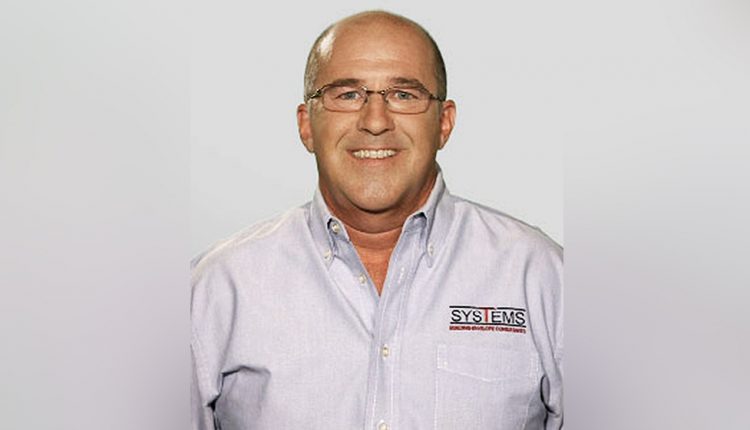What Are the Legal Complications of Water Infiltration?
Water infiltration plagues offices and residences the world over, bringing costly damages and a range of legal difficulties.
Paul Beavers, roofing and waterproofing expert, offers his perspective on this aspect of law. What are the relevant legal issues when it comes to water infiltration, and how does an expert witness assess and advise on them?
As an expert witness in roofing and waterproofing, what does your day-to-day work look like?
My daily work involves conducting roof and wall assessments, drafting reports, writing scopes of work for roof and/or wall remedial work, as well as managing the company.
What legal complexities can arise from water infiltration problems?
Water infiltration typically leads to some form of interior damage and that damage could lead to the formation of mold. Mold remediation is not only very costly but it typically means the property inhabitants have to be displaced during the remediation process.
What process do you use when sourcing out the water infiltration issues?
We typically get engaged by our clients after the water infiltration has been occurring for a period of time and they had identified at least some of the infiltration locations. It is not unusual for us to conduct water infiltration testing using spray racks and infrared thermography.
The testing procedures follow AAMA and ASTM standards in the industry. We set up up our “pressurised” spray rack along the interior surrounding a window or the area of concern. The pressurisation process is meant to create an accelerated simulation of the property’s return air. Creating a “pull” via pressure (think suction), we then actuate the spray rack located on the exterior, simulating a rain event while the property’s interior is pressurised. During this test, we station one of our consultants in the interior and with the use of infrared thermography we monitor the testing process until we can “see” thermally with the camera the movement of water through the wall configuration. We repeat this process at any and all suspect areas until we have precisely identified the entry locations of the water.
We encourage our clients to remedy the exterior problem (source) prior to the build back of the interior damaged construction components. We often recommend re-conducting the testing process after the remedies have been completed for confirmation purposes.
How do these legal complexities vary depending on whether the property is a lodging, a commercial property, or an industrial property?
Properties such as lodging have greater liabilities associated with legal entanglement related to water infiltration, such as air quality issues, whereas commercial and industrial properties carry a similar exposure. This is not as great as with lodging since people are sleeping in the environment.
Mold remediation is not only very costly but typically means the property inhabitants have to be displaced during the remediation process.
In many instances the occupants of live-in facilities begin to experience respiratory issues before the owner or manager of the facility is even aware of the water infiltration issues. We tell property owners that roof leaks are typically easier to detect than wall issues. Metal and plywood roof decks typically will allow the water to pass through the roof deck into the property. Concrete roof decks are an exception; they are like parking garage decks where standing water will not necessarily filter through the concrete to the space below unless the water is near a crack or a penetration.
Wall leaks are completely different from roof leaks in that they are more invasive and insidious; they are not typically detected until you start to smell them. By that time, mold has formed and the costs for remediation can become exorbitant. We encourage our clients to perform periodic wall inspections for this very reason.
The legal issues are exacerbated considerably when an occupant starts to complain about respiratory ailments. Even the occupants in a work environment more commonly located in a commercial office building or an industrial property can begin to experience respiratory issues since they are spending 8-10 hours a day in these facilities.
What are the most common legal issues you come across in the due diligence process, and what are some of the most niche?
Water infiltration cases that lead to mold formation are clearly the most troubling in regards to costs as well as inhabitants’ exposure.
As an expert witness, you have testified in county, state and federal courts. How do you prepare to give evidence for each?
Typically, I have the relevant knowledge based on my experience, but I do review the specifics of each case so that I have a clear understanding of the issues facing my client.
What advice do you have for anyone looking to enter into this speciality?
It is best if they have hands-on experience, as that is a frequent question that I get asked. Book knowledge is clearly good to have as well, but one gets a better perspective having done the type of work in question versus only having read about it.
Paul Beavers, President
Systems Building Envelope Consultants, Ltd
15205 Holly Lane, Austin, Texas 78734
Tel: +1 855-836-2123
Paul Beavers is the president of Systems Building Envelope Consultants, Ltd (SBEC) and an expert in roofing and waterproofing associated mostly with lodging, commercial and industrial properties. He is called upon by these types of clients to source out water infiltration problems and develop the needed solutions and is sometimes retained for large residential projects. In addition to this work, he also performs analysis for developers, investors and building owners during the due diligence process when his clients are considering buying properties. Paul is often engaged as an expert and has testified in county, state and federal courts.
SBEC has been involved in numerous LEED programs and keeps itself on the cutting edge of roofing, waterproofing and green building technologies. The company is also aggressively involved in The United States Army Corps of Engineer (USACE) projects nationwide.




